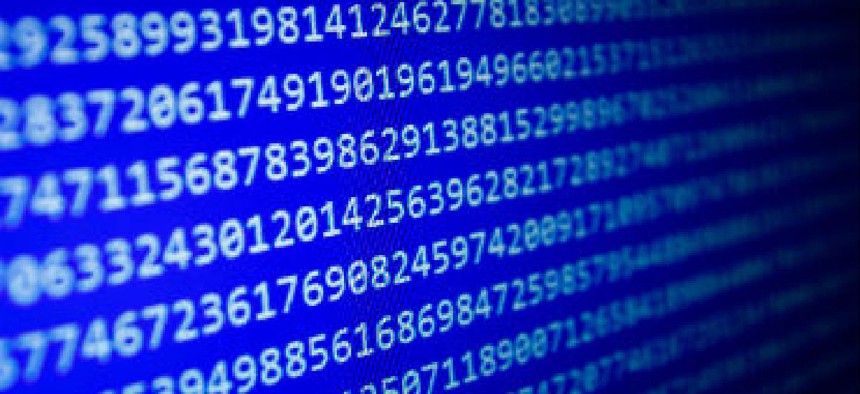NIST looks to strengthen crypto backbone

NIST is looking to increase trust in the technical underpinnings of encryption, by strengthening cryptographic random bit generators.

The National Institute of Standards and Technology is looking to make the backbone of cryptography -- random bit generators -- less predictable.
NIST has released the second draft of a publication that specifies design principles for sources of entropy, which measure the randomness of generated numbers. Without a reliably random RBG, hackers can slice through a user's communications.
"Security flaws in random number generators have been a significant source of vulnerabilities in cryptographic systems over many years, so it's crucially important to have random number generators that work well," said Paul Kocher, chief scientist at the Cryptography Research Division of Rambus, an IT manufacturer.
Among the disclosures of former National Security Agency contractor Edward Snowden was evidence that the National Security Agency had subverted a NIST RBG standard known as Dual_EC_DRBG.
In a recent interview, Curt Dukes, head of the NSA's Information Assurance Directorate, declined to comment on that allegation, instead saying generally that his agency "does not intentionally weaken cryptographic standards."
The NIST draft specifies data that cryptographers can submit for entropy testing, and describes the process of calculating initial entropy estimates. It also details how multiple noise sources of entropy can be factored into the entropy calculation.
"The validation of an entropy source presents many challenges," the NIST document states. "No other part of an RBG is so dependent on the technological and environmental details of an implementation."
The document assumes that cryptographers consulting it understand "the behavior of the noise source within the entropy source and [have] made a good-faith effort to produce a consistent source of entropy."
Elaine Barker, one of the publication's authors, said the group coordinated closely with those in charge of validating entropy sources. "We don't want to require anything that they can't validate" in the testing lab, she told FCW.
A public workshop on the entropy specifications told NIST officials that more flexibility was needed in how specifications would be implemented, Barker added. "As we deal with the various vendors, we get an idea of what they can and cannot do," she said.
The NIST entropy recommendation is one of three related cryptographic documents that mesh together. Another document specifies random number-generation algorithms, while a third demonstrates how to pair the algorithms with entropy sources into sound random-number generators. That latter exercise has been a challenge for some users, according to Barker.
Barker said NIST still works closely with NSA specialists in building cryptographic standards because of the NSA's expertise in the field. Asked whether NIST was regaining its reputation as an independent standards body in light of the Snowden revelations, Barker said, "depends on who you talk to. Some people are very negative, no matter what you do; others understand what we're trying to."
"NIST knows it needs to rebuild credibility after the Dual EC DRBG controversy, and seems to be doing the right things," Kocher told FCW. "These drafts from NIST are uncontroversial, and don't have controversial constructions of the sort found in Dual EC DRBG that can harbor backdoors."
The comment period on the document lasts through May 9, and will include a public workshop. The institute is fielding comments via email.





